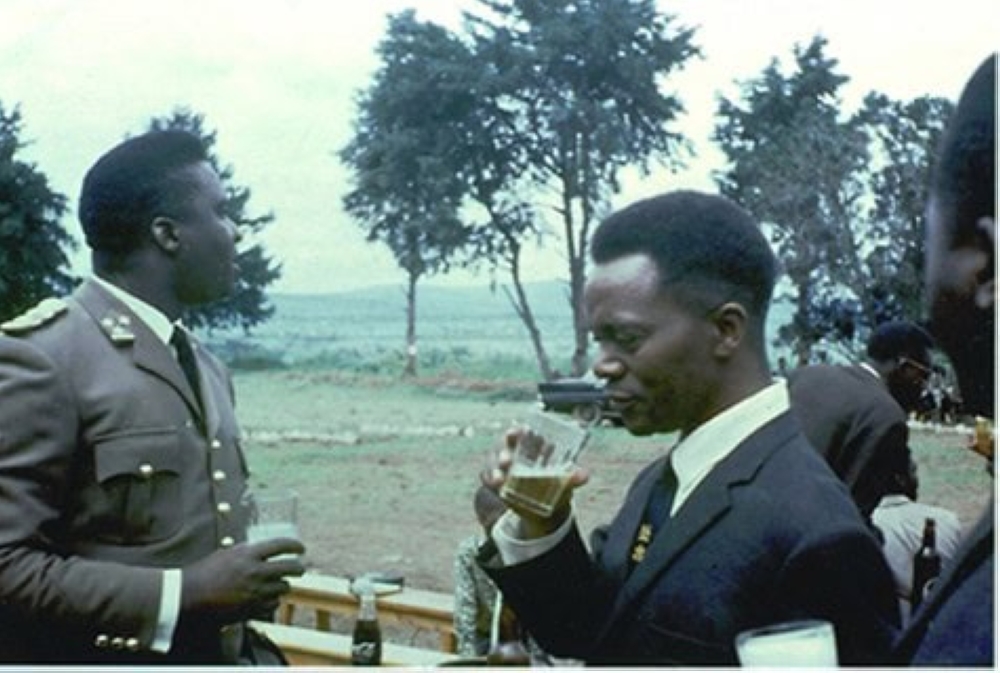In our previous articles, we looked at how excessive concentration of power lay in the hands of a small group from Gitarama. It was to boomerang on the regime through divisionism of all sorts which led to its demise as we shall see in this piece. When President Gregoire Kayiband’s party PARMEHUTU felt it had attained its objectives of acceding to power, it no longer had a programme to present.
It became a de-facto single party before being declared a “national party” during its Congress of October 23, 1966. The President of the Republic was at the same time the President of the party. Half of the ministers played significant roles within the central organs of the party.

Influential members of parliament were members of party organs at the regional level. ALSO READ: Years of infighting in PARMEHUTU led to 1973 coup d’état PARMEHUTU demonstrated that it lacked clear objectives when its “common enemy,” namely UNAR party and the Inyenzi movement no longer posed a threat to it. When these two political opposition movements vanished from the political scene, several contradictions of Kayibanda’s regime started emerging in broad daylight.
His regime fell following a series of internal crises. In 1964, an unpublished report of the parliamentary commission sponsored by the President gave a sombre image of the country’s mismanagement by PARMEHUTU. It noted many cases of illegal detentions, sluggishness of the judicial system, politicization of regional administration and the judiciary, ethnicity, lack of collaboration between different administrative organizations and democratization within the party, among other issues.
The report was not submitted to the National Assembly for debate. In 1967, during the meeting of the Legislative Assembly, one MP declared: “It is as if there is a big wound in the party”. Another parliamentarian agreed with him, saying, “The direction that we are giving this country is very confusing.
We are moving away from democracy and now, we are heading towards a regime that is dominated by a small group of people.” On October 23, 1966, the national congress of PARMEHUTU was held, with the objective of analyse problems within the party. The congress cited major problems such as lack of vitality, regionalism, subversion, corruption, embezzlement, opportunism, among others.
The party president described these problems in the following terms: “The members of PARMEHUTU became carefree and later started quarrelling amongst themselves.” “Several resolutions were proposed aimed at stopping deviant disciplinary behaviour within the party but all was in vain.” On July 4, 1968, on the initiative of the National Assembly, an ad hoc Parliamentary Commission made of six MPs was created.
An alarming report was issued by the commission. Everywhere the PARMEHUTU leadership was divided into the old and the new administrative authorities. There were regional conflicts.
The North was against the South, Butare versus Gitarama, and Ruhengeri against Gisenyi. There were clans, religious and personal conflicts. The ideals of the regime diminished by the day.
The authors of that report (14 MPs) were accused of deviation. They were punished for it. Having denounced that regional sectarianism, the Catholic publication Kinyamateka was sanctioned.
The editor in chief, father Maida was deported. A Rwandan journalist, Semusambi, was imprisoned and the monthly was suspended for some days. The conflicts tearing the political class apart were aggravated by the president’s plans to appoint himself as President for life.
His speeches of “Socialist inclination” alienated his support of foreigners, especially Catholic missionaries. The concentration of power in the hands of a small clique from Gitarama continued to concretize; it reached its climax in 1972. The geographical support base of PARMEHUTU started decreasing.
At the beginning, it was concentrated along the Butare-Gitarama-Ruhengeri axis. Other provinces played a marginal political role. At the end of the First Republic, PARMEHUTU relied on a small group of people from Gitarama who were among President Kayibanda’s faithful friends.
In the last government that he formed on February 21, 1972, out of 18 members, 6 were from Gitarama i.e. a third of the entire government.
This inequality in cabinet representation sharpened feelings of frustration especially within the military ranks from the North. The beginning of the end of president Kayibanda’s regime had begun. He was deposed in May 1973.
.
Politics

How Kayibanda’s regime of divisionism destroyed itself

In our previous articles, we looked at how excessive concentration of power lay in the hands of a small group from Gitarama. It was to boomerang on the regime through divisionism...















